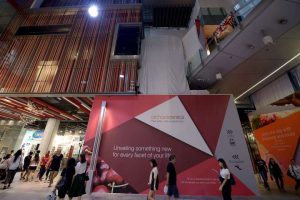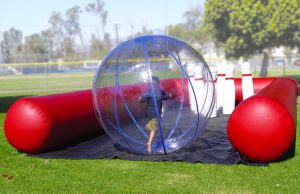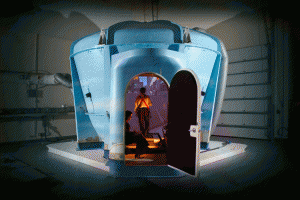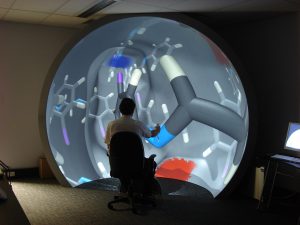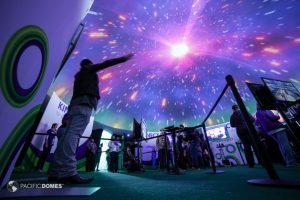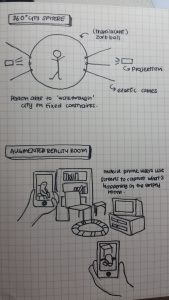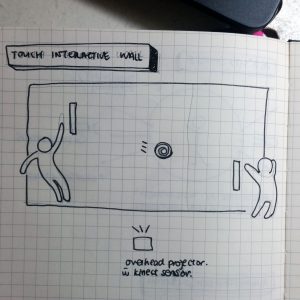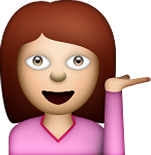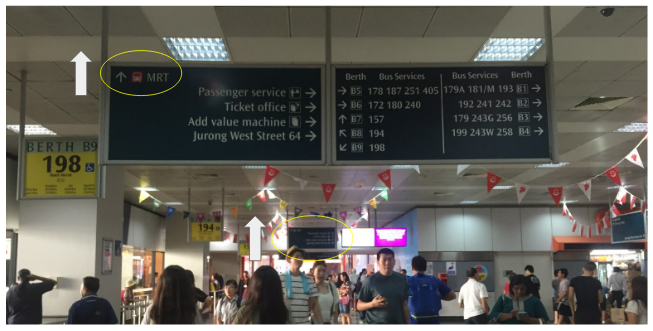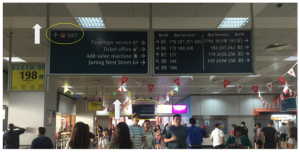Thoughtful Interaction Design
Jonas Löwgren
This reading has placed a very theoretical way as to how designers should perform in their line of work. As an student majoring in the arts, we would place emphasis on learning about concepts and practice achieving for a standard with school assignments. However, we rarely design for the ‘other’. The chapter teaches us about ‘good design’ being determined by many factors and also it takes a lot of time and effort. What really constitutes to a ‘good design’ must be understood by all. I quote from Lowgren, “a sophisticated and complex artifact might be seen as bad while a simple one might be seen as very useful”.
This book has also incorporated for us to not assume that design works independently and we must understand that the design is part of a larger concept. In the introductory chapter, it provides a schematic way to how designers can deal with complex challenges and create something new, manifested by technology and new knowledge.
The author also mentioned, “dominant conceptions have to be challenged” and I felt that this will be very demanding of the designer. Looking at these pages (12-13) I wonder how much of this would the designer really need to know as it’s not explicitly discussed.
Question 1: I wonder about the conflicts a designer would feel to create a project for the client, or for the public or for himself/herself. So how far would a product design project go for each of these individuals? (e.g what does it mean to be the client, what are their roles/responsibilities etc or examples to show this relationship …)
Question 2: I was also intrigued of the age of technology in design. How would these digital artifacts be prominent in a design as opposed to similar designs in trends? (If theres an object like so-and-so, how can you use digital artifacts to be “better” than that object?)
Day 1
Tuesday 13th September
Monitoring usage of phone (& computer):
09:00 ~ 11:00 – Various alarms set off but did not wake up. Scanned through emails half asleep.
11:55 – Checked date and time
12:12 – Noticed that solitary people use the phone to read notes on campus shuttle bus …
12:50 – Checked messages and email. Sent a message to a Carouseller (online marketplace app) to confirm details on meetup and exchange.

“Omg how could you had back out at the last minute!”
Seller had requested to change schedule. Fortunately(!!!) I was using the phone today if not I would not have known! >>
13:00 – As lessons and quiz starts at 1315, I went to prepare myself by reading notes on the computer.
15:00 – Lesson break, used phone to scroll through my news-feed on Facebook, to check out on exciting news … (none/can’t remember), also went to check messages on Whatsapp.
1630 ~ 1730 – Took the train out of campus, had read chapter of assigned homework material (Lowgren). Also used phone to search for recommended food to eat in Orchard, I noticed one that caught my fancy. But as I reached the area, I realised that this restaurant did not exist anymore.

Hmm, what is good and cheap at Orchard?
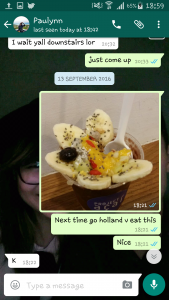
Gloating at sister
18:00 – Took picture of food and sent it to gloat at sister. >>

on Snapchat
1830 ~1930 – Train, reading game design book. Had used Snapchat to send funny pictures of myself to friend. >> (bored and I thought it was quite funny to have a picture attached with text).

This is my favourite tool out there …
Also went to check how long it takes to go back NTU, as I was rushing back for a project meeting. Apparently 70 minutes … I was going to be late >>
1940 ~ 2330 – Went to do up Presentation slides with project partner using the computer. Used Facebook as a de-stress mechanism.
Day 2 “No phone”
Planning to do it on Tuesday 20 Sept …
Aftermath:
Tuesday 20th Sept aka longest day ever
I slept through my alarm clock because it can only ring once (no snooze feature), as compared to my phone’s multi scheduled alarm clock. I then headed off to school via train. During this period of commuting from home to school, I would usually put on my earpiece and listen to music on my phone’s playlist. This time around, I was absolutely bored … so I divided my attention to listening to the noises of kids playing in school. It does bring back some fond memories to me as a primary school student.
In the train, I took out my notes to study. I observed many people using their phones – messaging, movie-watching, scrolling through Instagram/Facebook. Instinctively, I too unlocked my phone to see if there’s any ‘new notifications’, but realised quickly and turned it off. I then continued revising through notes. After awhile, I dozed off.
During the commute in the school’s shuttle bus, I realised how the ‘crowds’ of the bus impacts my decision to use the phone. All the while, the phone is tightly clasped in my hand. So when the crowd came in, I wanted to look at my phone for social media updates. But of course, I resisted and persist through my journey. Also, when it came to something interesting outside, I wanted to grab my phone, open the ‘Snapchat’ app, take a picture and show it to my friends. I also had wanted to ‘tweet’ about how I might not survive through the day.
It led me to reflect if I’ve been ‘over-sharing‘ in my life. The contents of what I have posted may not be informative or intellectual as it’s more of a ‘fleeting’ moment/sense of pride that I have observed something unique. I also wonder if that’s the case of what my friends think through as well before posting on social media – if it’s something useful for the other. Or if they are posting content more for themselves.
On my lesson’s break today: I headed out to chat with my friend instead, I learnt new things about her progress in her work and also new information on part time jobs. It’s wonderful to hear about them first hand.
After lesson, I felt I needed a huuuge break. Usually I would be playing music from the phone or phone games, this time around I tried not to think about them and thought about dinner to distract myself.
As I head out to the bus stop again, I noticed that many solitary people would use their phone, while people in groups talk to each other. I thought about striking a conversation with an senior man beside me, but hesitated. I would also usually check out the next bus arrival timing on my phone. The waiting time for the school’s campus bus was usually long and I tried my hardest to bear through with it, comforting myself at the idea that I would be able to use the computer in a short while. Speaking of which, I also realised I could not use the phone as a memo pad and thus was not able to jot down my observations until using the computer.
On the peak bus ride out of school (I commute alot), I noticed this incident where most people were too busy engrossed in their phones to make space and move towards the back of the bus. I went to the back and did a count of who were using their phones … about 14/23 of them. I also saw some foreigners using the phone to video call their loved ones at Boon Lay MRT, it must be great.
I wasn’t able to complete the challenge as I was engrossed in a new multiplayer game on the phone, 4 hours to the deadline.
Conclusion: All other apps aside, Messaging was not easy to let go when not using the phone. For this challenge/experiment, I had checked my phone’s notifications box every 4 hours for any important messages. At 8pm there was an ‘exciting’ group chat and I had wanted to get in on the news. My dad also had called me up (for unimportant reasons) …
Without the phone, I would not be able to transcend the space-time continuum and communicate with them as easy as it is. While I’m able to defeat all the social media apps, I would need to rely on my phone to chat with friends and family on other corners of the country.
This experiment allowed me to think of how we use our phones on a daily basis. I probably have took for granted that this device could do so much within the size of my palm (would rather use phone to read notes than take out A4 sized textbook when commuting) and believe it is a necessary tool in life – Information at your fingertips. If I were to do this again, I’ll probably do a 24 hour no phone challenge without checking back at messages and hopefully imbue it to my daily life to notice a bigger change.
